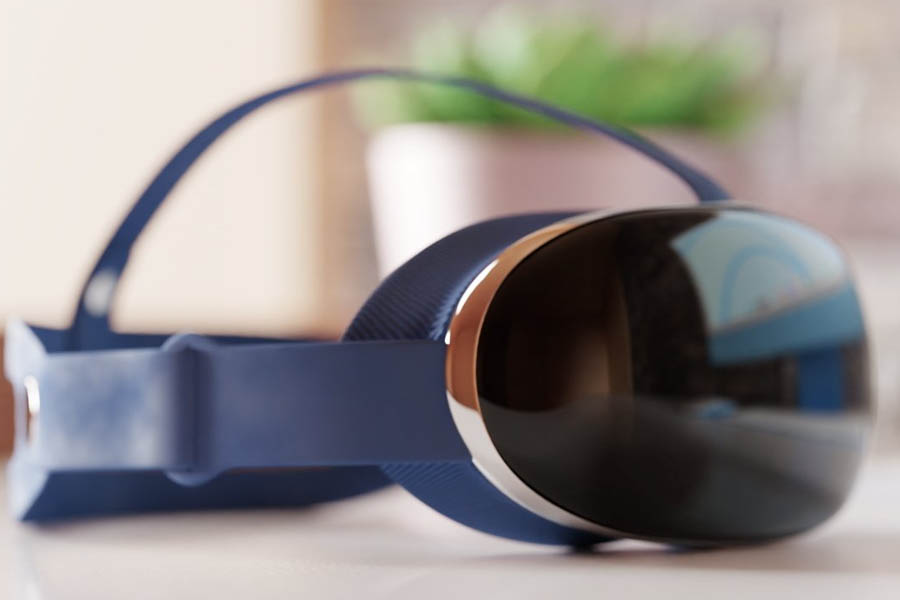
When Apple unveiled its highly anticipated mixed reality headset this week, it showcased impressive specs, partnerships, and a sleek promotional video. However, notably absent was the sight of Apple executives actually wearing the device, sparking speculation about avoiding potential meme-worthy moments. This highlights a deeper issue: the struggle to make VR headsets visually appealing, a reputation that has plagued the industry for years. Apple's headset, which combines virtual reality and augmented reality, represents a significant and risky venture for the tech giant. Priced at £3,500, it enters an unproven market already crowded with rivals who have yet to achieve mainstream success. To sway consumers, Apple relies on its design, hardware, and marketing expertise, presenting the headset as a fashionable accessory rather than a sci-fi gadget. However, experts remain skeptical about its appeal. Lisa Peyton, a professor specializing in extended reality and experiential marketing, argues that despite Apple's attempts to appear sleek, the headset's bulky appearance will likely deter users from wearing it outside. Despite Apple's successful track record in making mundane objects cool, marketing professor Marcus Collins believes that the unconventional nature of VR headsets presents a unique challenge.
Apple, keen to distance itself from other VR products, deliberately avoided using the term "virtual reality" in its presentation, instead focusing on phrases like "spatial computing" and "augmented reality." Additionally, the company made a distinctive design choice by displaying the user's eyes on the outside of the headset, transforming it into a fashion accessory rather than a purely technological device. While Apple's loyal following and marketing prowess may eventually convince average consumers to adopt future iterations of the headset, there are challenges to address. The device needs to become more affordable and visually appealing, with advancements in compactness and sleekness expected in the coming years. In the meantime, the initial audience for the device will likely consist of early adopters, developers, and businesses willing to invest in this first-generation technology. As Apple prepares to enter the VR market, it has the potential to succeed where others have failed. The company has a history of refining existing ideas to make them more appealing to consumers, and with its vast developer community, it can encourage the creation of compelling applications. Moreover, Apple has been laying the groundwork for its VR headset for years, acquiring companies and developing software to seamlessly integrate the real and virtual worlds.
Apple's determination and adaptability are evident in its handling of previous product launches. The Apple Watch initially aimed for fashion prominence but quickly shifted focus to fitness tracking based on user feedback. With its VR headset, Apple aims to demystify the technology and offer a mainstream consumer-friendly experience that sets it apart from competitors. While the road to widespread VR adoption may be challenging, Apple's strong brand reputation, technological foundation, and commitment to innovation position the company as a potential disruptor in the VR industry. With the right combination of marketing, refinement, and consumer education, Apple's VR headset could pave the way for a new era of immersive computing experiences.